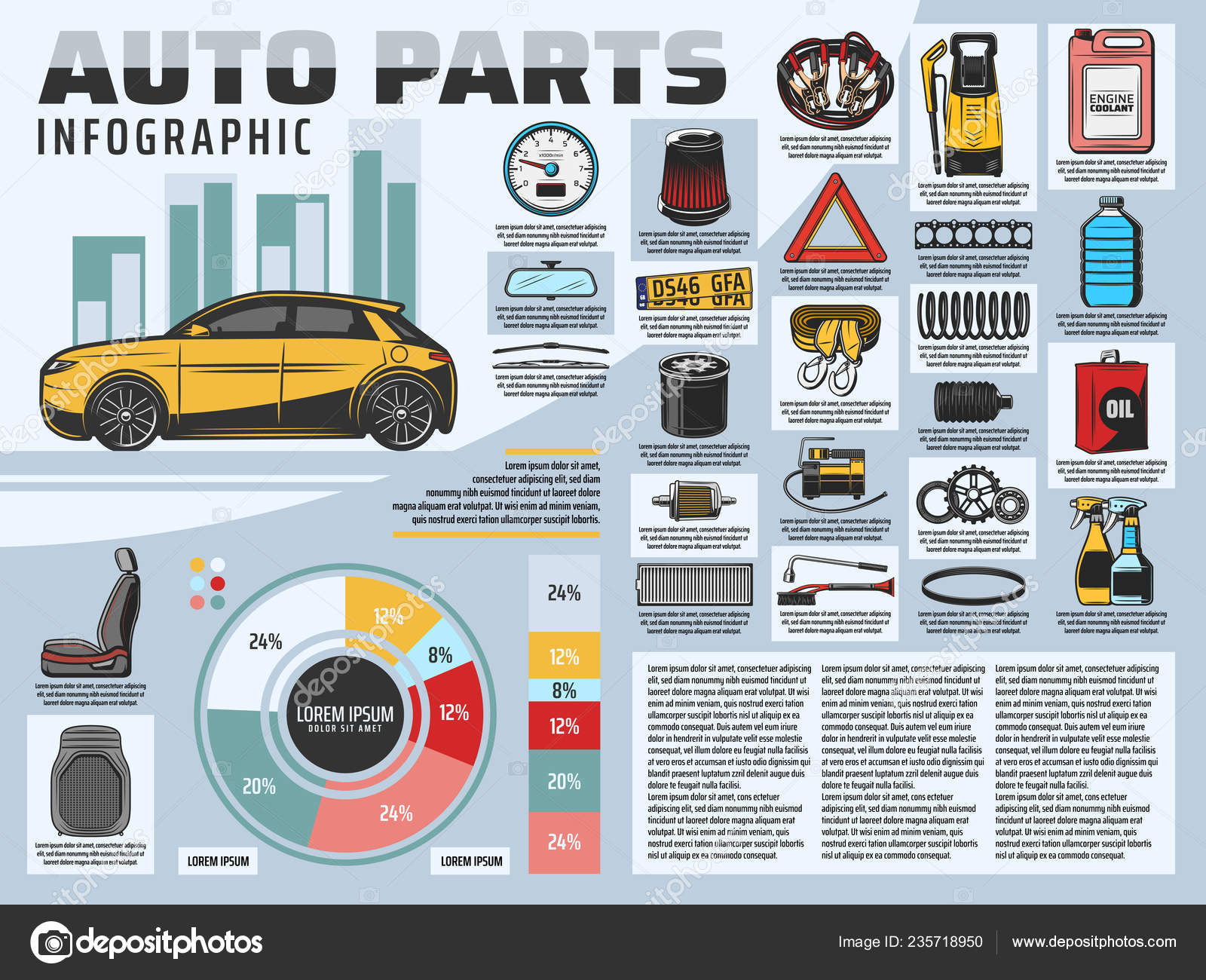A Step-By-Step Guide To Altering Your Auto'S Oil
A Step-By-Step Guide To Altering Your Auto'S Oil
Blog Article
Produced By-Mckay Bradshaw
So, you prepare to take charge of your vehicle's maintenance and conserve some cash along the way. But where do you begin? Recognizing the essentials of altering your vehicle's oil is a fundamental skill that every vehicle owner need to understand. It's not as difficult as it may appear, and with a couple of straightforward steps, you'll be on your means to mastering this crucial task.
Gather Necessary Tools
Prior to beginning the oil change process, make sure you have all the essential devices conveniently available. The important tools for altering your vehicle's oil consist of a wrench or outlet readied to get rid of the drain plug, an oil filter wrench to change the oil filter, a channel to pour in the brand-new oil, a dustcloth or 2 for cleaning, an oil pan to catch the old oil, a new oil filter, and the correct type and quantity of oil for your vehicle. Having these devices accessible will certainly make the procedure smoother and quicker.
Additionally, it's an excellent idea to put on old clothing or overalls to secure yourself from obtaining unclean. Keep some disposable gloves useful to keep your hands tidy throughout the oil change.
Once you have collected all the tools and products, find a level surface to work on and guarantee your cars and truck's engine has actually cooled down prior to beginning. Adhering to these actions will help you successfully transform your car's oil with no missteps.
Drain Pipes the Old Oil
To drain the old oil from your auto, find the oil drain plug below the automobile's engine. Make certain you have a drainpipe frying pan prepared to catch the oil. As soon as you've determined the oil drainpipe plug, placement the drain frying pan directly below it. Use an outlet wrench to loosen the drain plug in a counterclockwise direction. Be prepared for airplane mechanic to start flowing out when the plug is fully loosened up. Permit the old oil to drain pipes totally into the frying pan.
While the old oil is draining pipes, it's a great time to situate and remove the oil filter. Unscrew the oil filter in a counterclockwise instructions using an oil filter wrench. Be careful, as the filter might still include some hot oil. Once the oil filter is removed, let any type of staying oil drainpipe right into the frying pan. Examine the gasket on the old filter to guarantee it's not adhered to the engine.
Refill With Fresh Oil
As soon as the old oil has totally drained, continue to replenish your automobile's engine with fresh oil. Begin by situating the oil filler cap on top of the engine. Spin it counterclockwise to remove it. Before pouring in the new oil, check your owner's guidebook to figure out the proper oil weight and how many quarts your engine requires.
Next, insert a channel into the oil filler opening to stop spills. Gradually gather the fresh oil, stopping periodically to examine the oil level with the dipstick. It's essential not to overfill, as this can result in engine damage.
After gathering https://www.wfla.com/news/hillsborough-county/fire-engulfs-valrico-auto-repair-shop/ assigned quantity of oil, change the oil filler cap safely. Beginning your vehicle and allow it run for a couple of mins to permit the brand-new oil to flow through the engine.
Switch off the engine and check for any kind of leakages around the oil filter and oil drain plug. Wipe away any kind of spills with a dustcloth.
Congratulations, you have efficiently transformed your vehicle's oil!
Final thought
Since you have actually changed your cars and truck's oil, you can delight in smoother performance and far better engine wellness.
Bear in mind to get rid of the old oil appropriately and stay up to date with routine oil adjustments to maintain your vehicle running efficiently.
mobile auto repair near me on taking care of your cars and truck!
